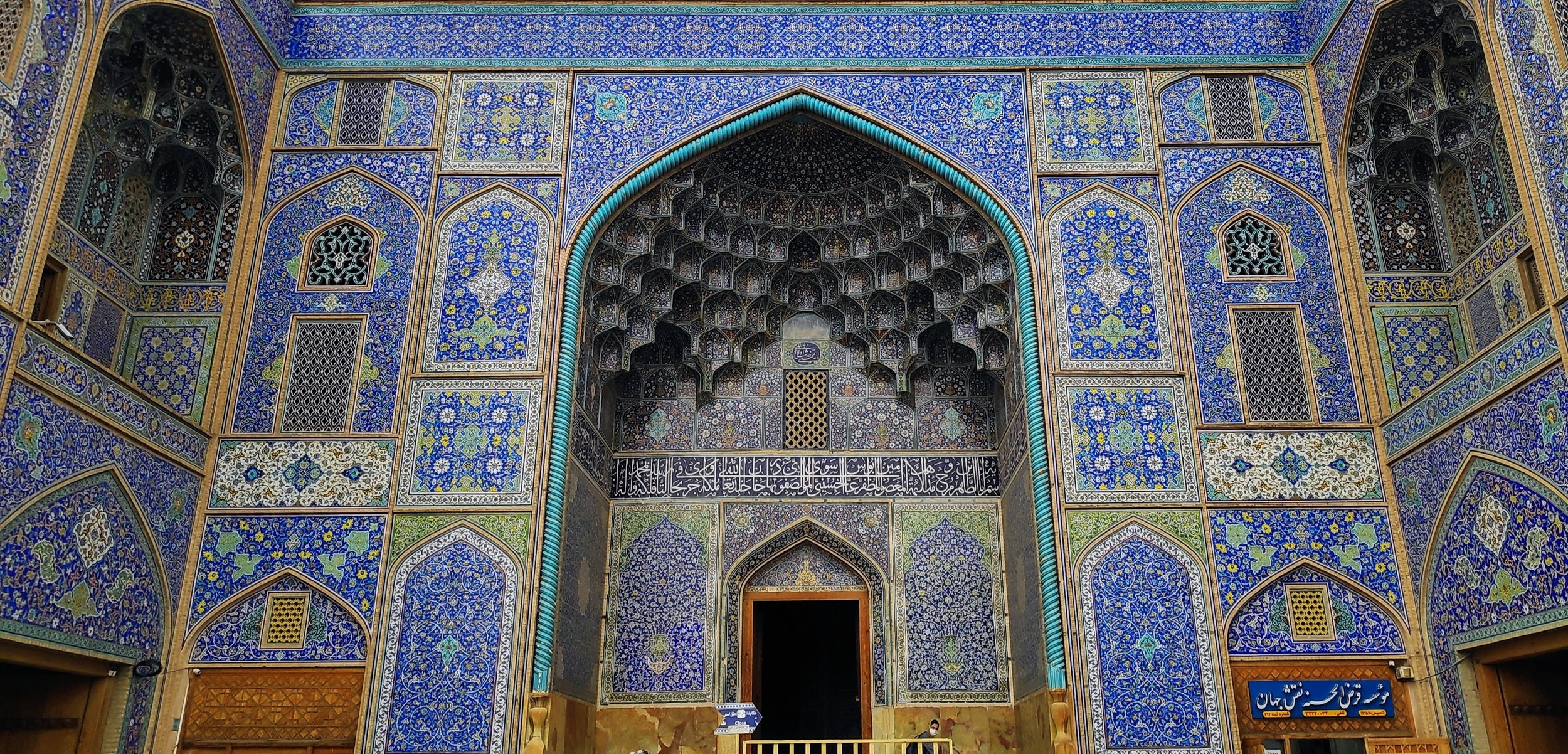
Islamic Golden Age
al-Khwarizmi
Widely regarded as the Father of Algebra, al-Khwarizmi wrote one of the first "textbooks", detailing how to solve algebraic problems. al-Khwarizmi used rhetorical algebra for all his problems, which was common practice in the Islamic world. His work was instrumental in communicating to the rest of the world all of the advancements in the field of algebra, mainly because he used Euclid's elements and geometric algebra to justify his solutions.
Reduction and balancing
al-Khwarizmi’s most famous work is the Al-Kitab al-mukhtasar fi hisab al-jabr wa'l-muqabala – The Compendious Book on Calculation by Completion and Balancing. In this book, he describes the strategy of reduction and balancing. When solving an algebraic equation, the first step was to identify the form of the equation as it appeared in the book. The next step would be to "balance" both sides of the equation according to the process outlined in the specific form shown in the book. While balancing equations was not universally accepted among mathematicians until several centuries later, this book marked the beginning of the strategies we employ to solve equations today.
Sharaf al-Din
Even though mathematicians didn't consider functions until the 17th century, Sharaf al-Din was the first documented mathematician to have invented the concept of a function. Using the equation x^2 * (x-b) = d, he explained that different solutions occur based on the value of d (one, two, or no solutions), which can now be determined by evaluating the discriminant of quadratic equations.


